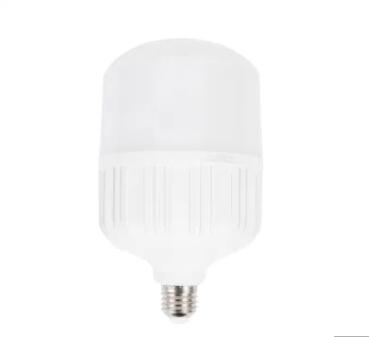Can you explain the process by which LED bulb lights produce illumination
2023-10-25
LED (Light Emitting Diode) bulb lights produce illumination through a process known as electroluminescence. This process involves the emission of light when electrons recombine with electron holes within the semiconductor material of the LED. Here's a simplified explanation of how this process works:
1. Semiconductor Material: The core of an LED bulb is a semiconductor material. Commonly used materials include gallium arsenide (GaAs), gallium phosphide (GaP), or gallium nitride (GaN). These materials determine the color of the emitted light.
2. P-N Junction: Within the LED, there is a p-n junction, where "p" stands for the positive region, or the "holes," and "n" stands for the negative region, or the electrons. This junction is created by doping the semiconductor with specific materials to create an excess of electrons in the n-region and an excess of electron holes in the p-region.
3. Electron Injection: When an electrical voltage is applied across the LED, it drives a flow of electrons from the negative (n) region to the positive (p) region. The electrons move from areas of higher energy (n-region) to lower energy (p-region).
4. Recombination: As electrons move across the p-n junction, they recombine with the electron holes in the p-region. When this recombination occurs, energy is released in the form of photons (light particles).
5. Photon Emission: The energy of the released photons corresponds to a specific wavelength or color of light, depending on the bandgap energy of the semiconductor material. This determines the color of the LED light. LEDs can emit various colors by using different semiconductor materials.
6. Reflector and Lens: To direct and control the emitted light, an LED bulb includes a reflector and a lens. The reflector helps to concentrate the light in a specific direction, and the lens may further focus or disperse the light as needed.
7. Light Output: The result is a highly efficient and nearly instant emission of light. LED bulbs can produce various colors without the need for filters, making them versatile for different applications.
The efficiency of LED illumination is due to the fact that very little energy is lost as heat during this process, in contrast to incandescent bulbs where a significant portion of energy is emitted as heat. This high efficiency, along with the ability to produce a wide range of colors and the longevity of the semiconductor material, makes LED technology a popular choice for modern lighting solutions.



